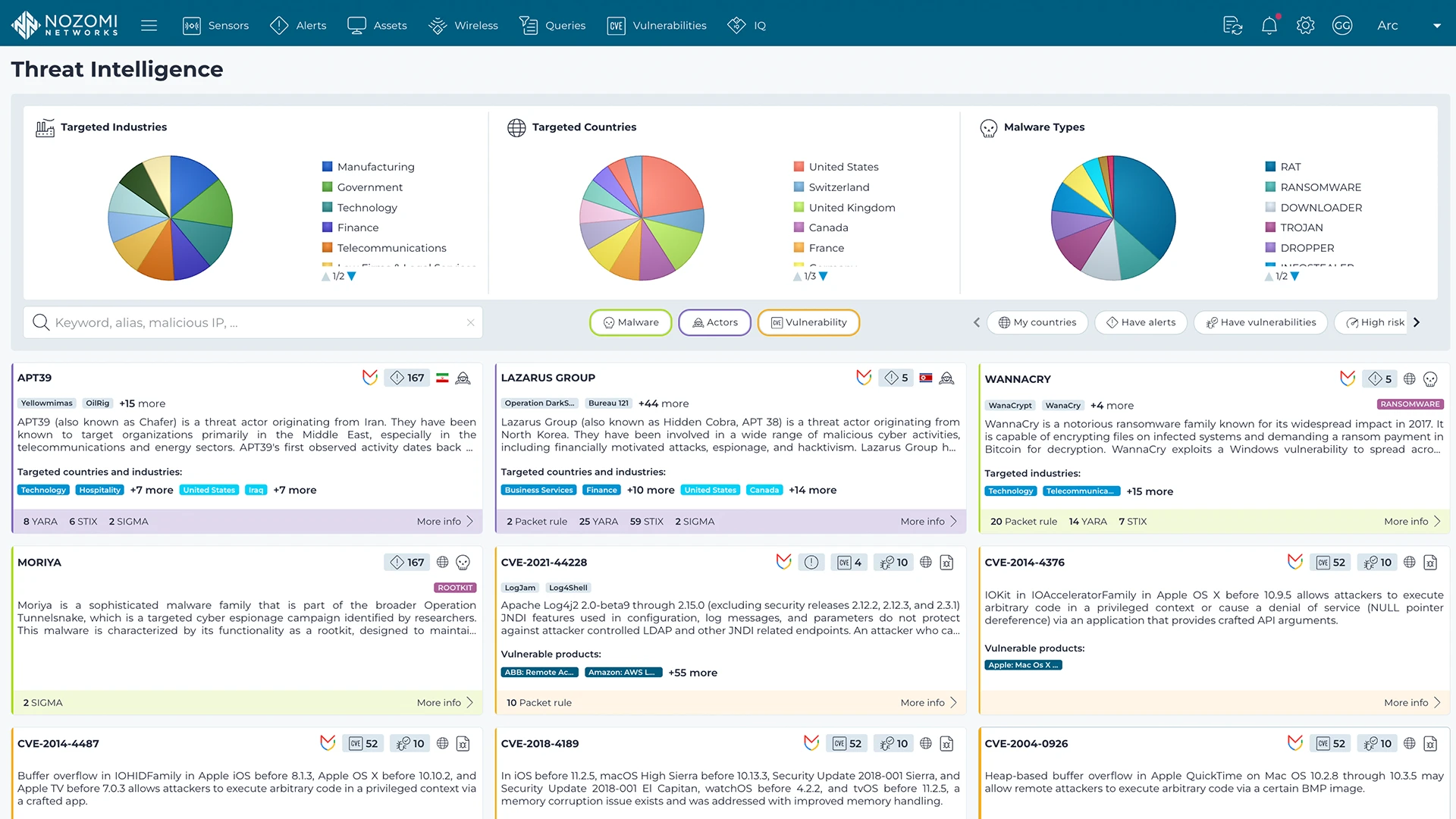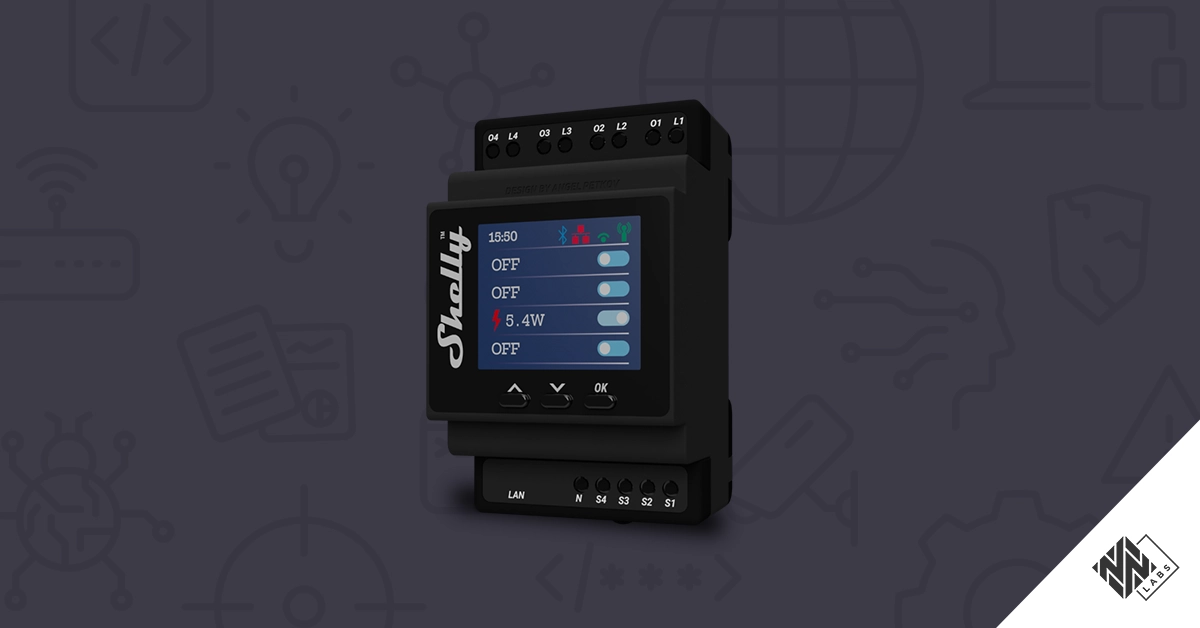Mitsubishi Electric to Acquire Nozomi Networks
Read the NewsCVE-2023-29156
DroneScout ds230 Remote ID receiver from BlueMark Innovations is affected by an information loss vulnerability through traffic injection.
An attacker can exploit this vulnerability by injecting, at the right times, spoofed Open Drone ID (ODID) messages which force the DroneScout ds230 Remote ID receiver to drop real Remote ID (RID) information and, instead, generate and transmit JSON encoded MQTT messages containing crafted RID information.
July 10, 2023
The vulnerability affects: DroneScout ds230, from firmware version 20211210-1627 to firmware version 20230329-1042
CVE-2023-29156
CVSS:3.1/AV:A/AC:H/PR:N/UI:N/S:C/C:N/I:L/A:L
4.7
Update to firmware version newer than 20230329-1042 and set “transmit_mode=2” in configuration file
Nicolò Facchi of Nozomi Networks
Nozomi Networks Labs curates threat and vulnerability insights that are continuously fed into the Nozomi Networks platform to ensure our sensors can detect existing and emerging threats and vulnerabilities that threaten customers environments.
Learn more


